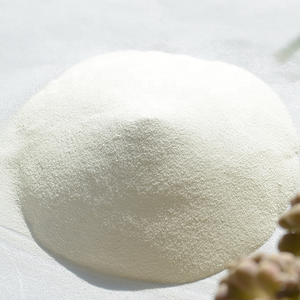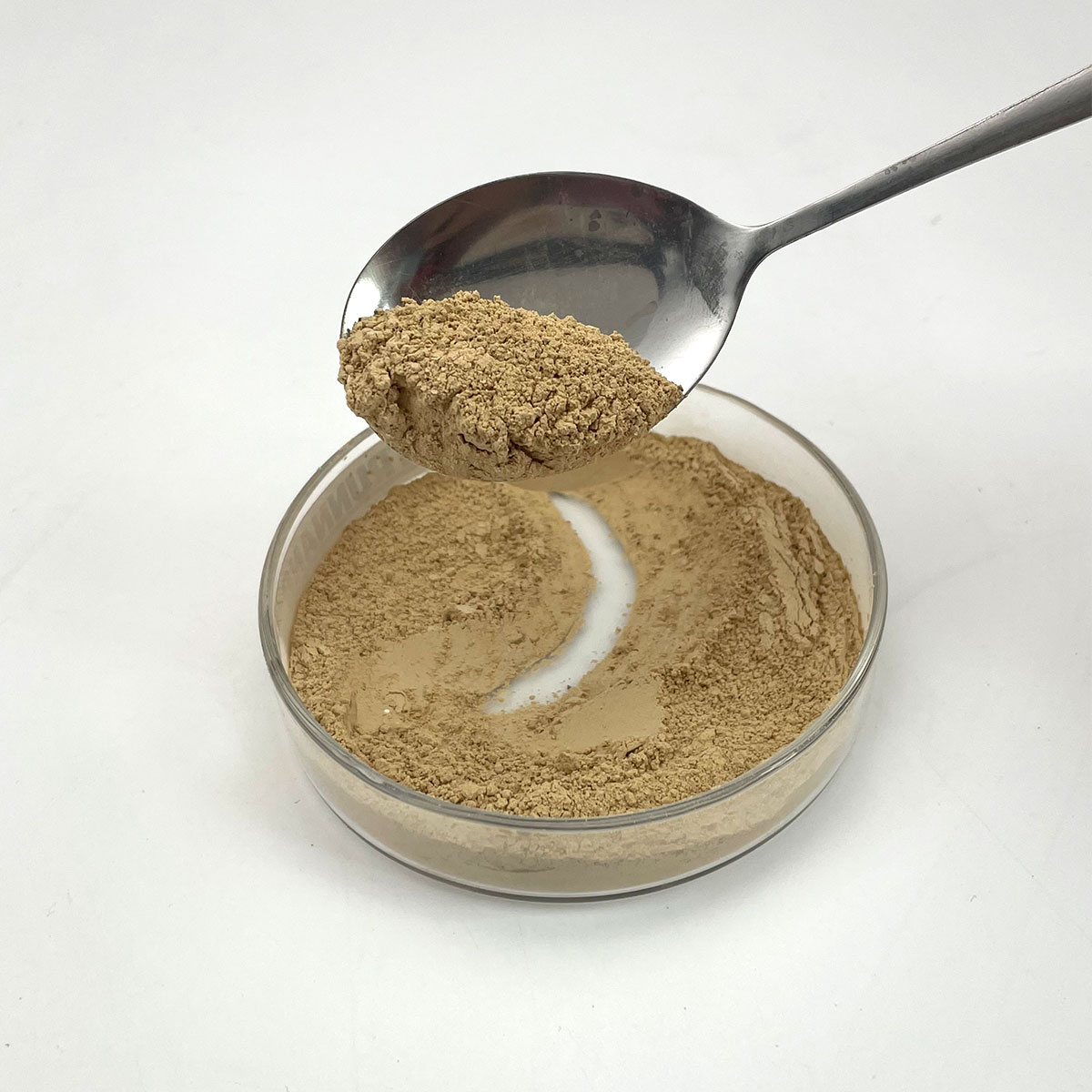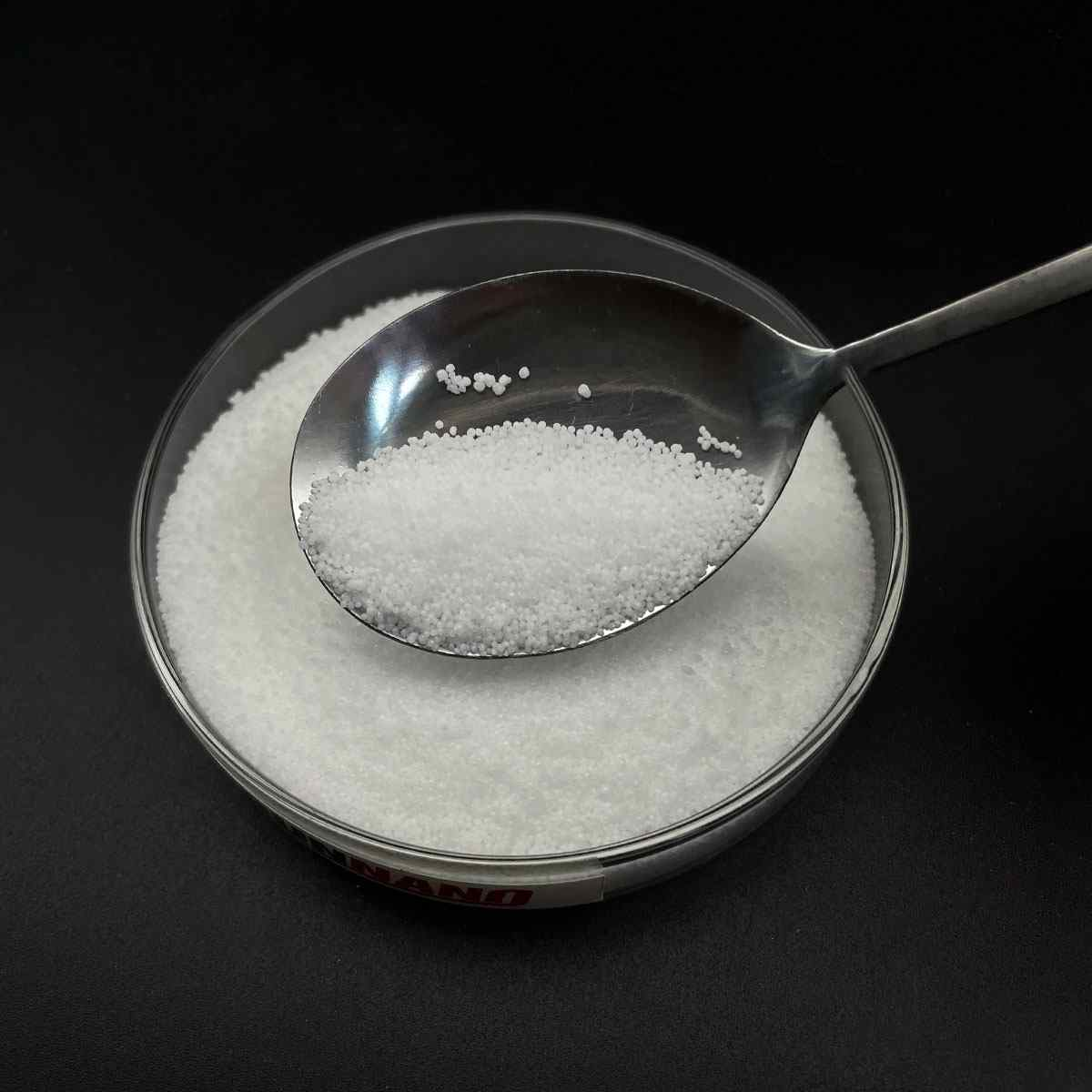1. Introduction
If you’ve ever read the back of a shampoo bottle or a laundry detergent label, you’ve probably seen ‘sodium lauryl sulfate’—often abbreviated as SLS or listed as ‘sls sodium lauryl sulfate.’ This common surfactant is great at creating lather and cutting through grease, but it can also irritate skin and eyes, especially for sensitive individuals.

Many people now seek gentler alternatives without sacrificing cleaning power. This guide walks you through how to identify sodium lauryl sulfate, understand its role as a surfactant, and choose effective, skin-friendly substitutes like decyl glucoside, coco amido propyl betaine, or sodium lauroyl sarcosinate.
2. What Is Sodium Lauryl Sulfate and Why Does It Matter?
Sodium lauryl sulfate (also called sodium dodecyl sulfate or na lauryl sulfate) is a strong anionic surfactant. The meaning of surfactant? It’s a compound that lowers surface tension—helping water mix with oil and dirt so they rinse away easily.
You’ll find SLS in everything from toothpaste to dish soap. But its high cleansing power comes with a downside: it can strip natural oils, leading to dryness or irritation. That’s why many consumers look for sulfate-free options or milder anionic surfactants like sodium laureth sulfate (also known as sodium lauryl ether sulfate or laureth sulphate).
3. Step-by-Step: How to Identify SLS in Products
Don’t be fooled by similar-sounding names. Here’s how to spot SLS and its close relatives:
- Look for ‘sodium lauryl sulfate,’ ‘sls sodium,’ ‘natrium lauryl sulfate,’ or ‘lauryl sulfate’ on ingredient lists.
- Watch out for ‘sodium laureth sulfate’ (SLES)—often confused with SLS but slightly milder due to ethoxylation (it’s an ethoxylated alcohol derivative).
- Avoid products listing ‘ammonium lauryl sulfate’ or ‘ammonium dodecyl sulfate’ if you’re avoiding all sulfate-based surfactants.
Remember: ‘sls sulfate‘ or ‘sulfate laureth’ aren’t official terms—they’re often used in marketing to sound scientific but can be misleading.

4. Choosing the Right Alternative Surfactant
Not all surfactants are created equal. They fall into four main types: anionic, cationic, nonionic, and amphoteric. For gentle cleansing, focus on amphoteric or non-ionic surfactants.
Here are top alternatives to sodium lauryl sulfate:
- Cocamidopropyl betaine (also called coco betaine or amidopropyl betaine): an amphoteric surfactant that’s mild and foam-boosting.
- Decyl glucoside and coco glucoside: non-ionic surfactants derived from coconut and glucose—great for sensitive skin.
- Sodium cocoyl isethionate and sodium lauroyl methyl isethionate: ultra-gentle anionic surfactants used in luxury bars.
- Alkyl polyglucoside: a bio surfactant that’s biodegradable and effective in hard water.
Avoid confusing ‘sodium coco sulfate’ (a milder SLS cousin) with true sulfate-free options—it still contains sulfate.
5. Practical Uses Beyond Personal Care
Surfactants aren’t just for shampoo. In agriculture, they act as wetting agents for herbicides. For example, a surfactant for weed killer helps the solution stick to waxy plant leaves.
Common options include:

- Polysorbate 80 (a nonionic surfactant also known as Span80)
- Methylated seed oil (used as a surfactant for herbicides)
- Lignin sulfonate (a natural wetting agent for grass and soil)
For lawn care, a nonionic surfactant like pluronic 127 or poloxamer 188 can improve water penetration without harming plants.
Note: Fluoro surfactants and copper 1 bromide are industrial-grade and not suitable for home use.
6. Common Mistakes to Avoid
Switching surfactants sounds simple, but pitfalls abound:
- Assuming ‘sulfate-free’ means completely gentle (some products replace SLS with sodium dodecylbenzene sulfonate, which can still irritate).
- Mixing anionic and cationic surfactants (like SLS with cetyl trimethyl ammonium bromide or CTAB)—they can neutralize each other and reduce effectiveness.
- Overusing surfactants in DIY mixes. For herbicides, too much surfactant can burn plants; for shampoos, it can cause buildup.
Always patch-test new products and start with low concentrations—especially if you have eczema or rosacea.
7. Where to Buy Quality Surfactants
Looking for ‘sodium lauryl sulfate for sale’? Reputable chemical suppliers like Rohit Surfactants Private Limited offer lab-grade and cosmetic-grade options. But if you’re formulating at home, prioritize certified cosmetic or food-grade materials.
For natural formulations, seek out bio surfactants like sodium cocoyl glutamate or sodium oleate. Avoid industrial surfactants like sodium deoxycholate unless you’re working in a controlled lab setting.
8. Conclusion
Sodium lauryl sulfate works well as a surfactant—but it’s not the only option. By understanding the differences between anionic, cationic, nonionic, and amphoteric surfactants, you can make smarter choices for your skin, home, and garden.
Whether you’re swapping out shampoo ingredients or boosting your weed killer’s performance, the key is matching the surfactant to your specific need. Read labels carefully, test gently, and don’t be swayed by buzzwords like ‘natural’ or ‘sulfate-free’ without checking the full ingredient list.
Our Website founded on October 17, 2012, is a high-tech enterprise committed to the research and development, production, processing, sales and technical services of ceramic relative materials such as How. Our products includes but not limited to Boron Carbide Ceramic Products, Boron Nitride Ceramic Products, Silicon Carbide Ceramic Products, Silicon Nitride Ceramic Products, Zirconium Dioxide Ceramic Products, etc. If you are interested, please feel free to contact us.


